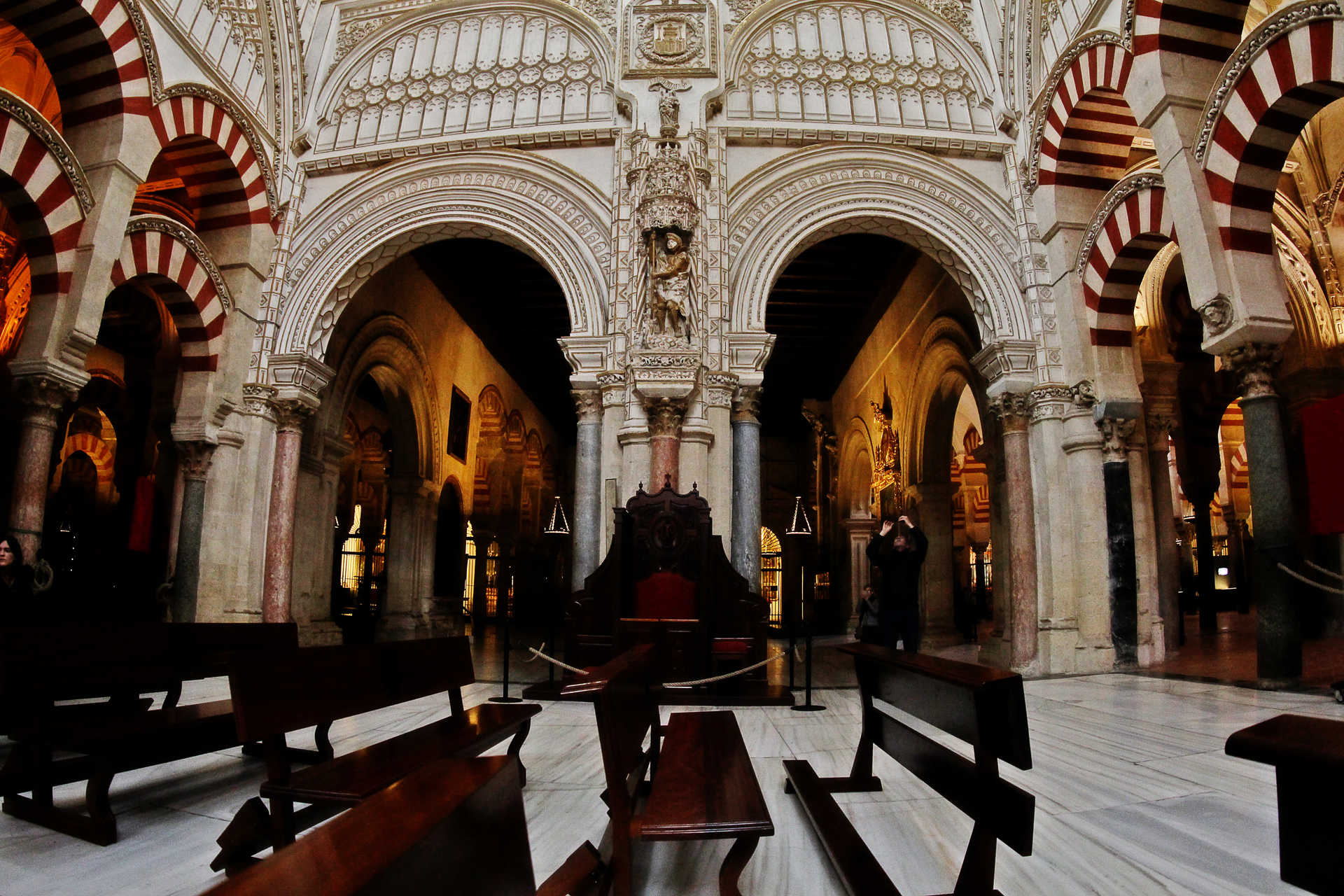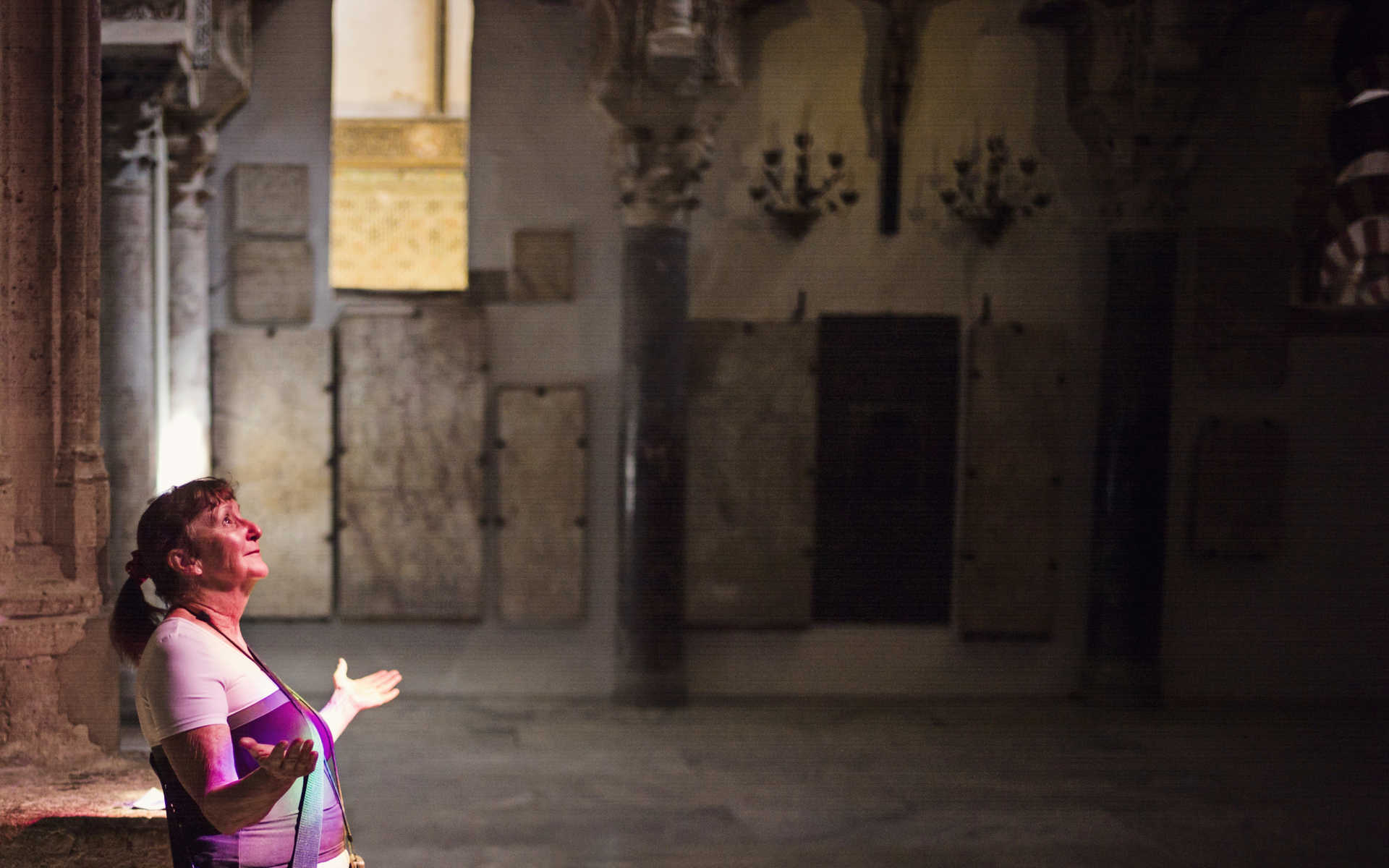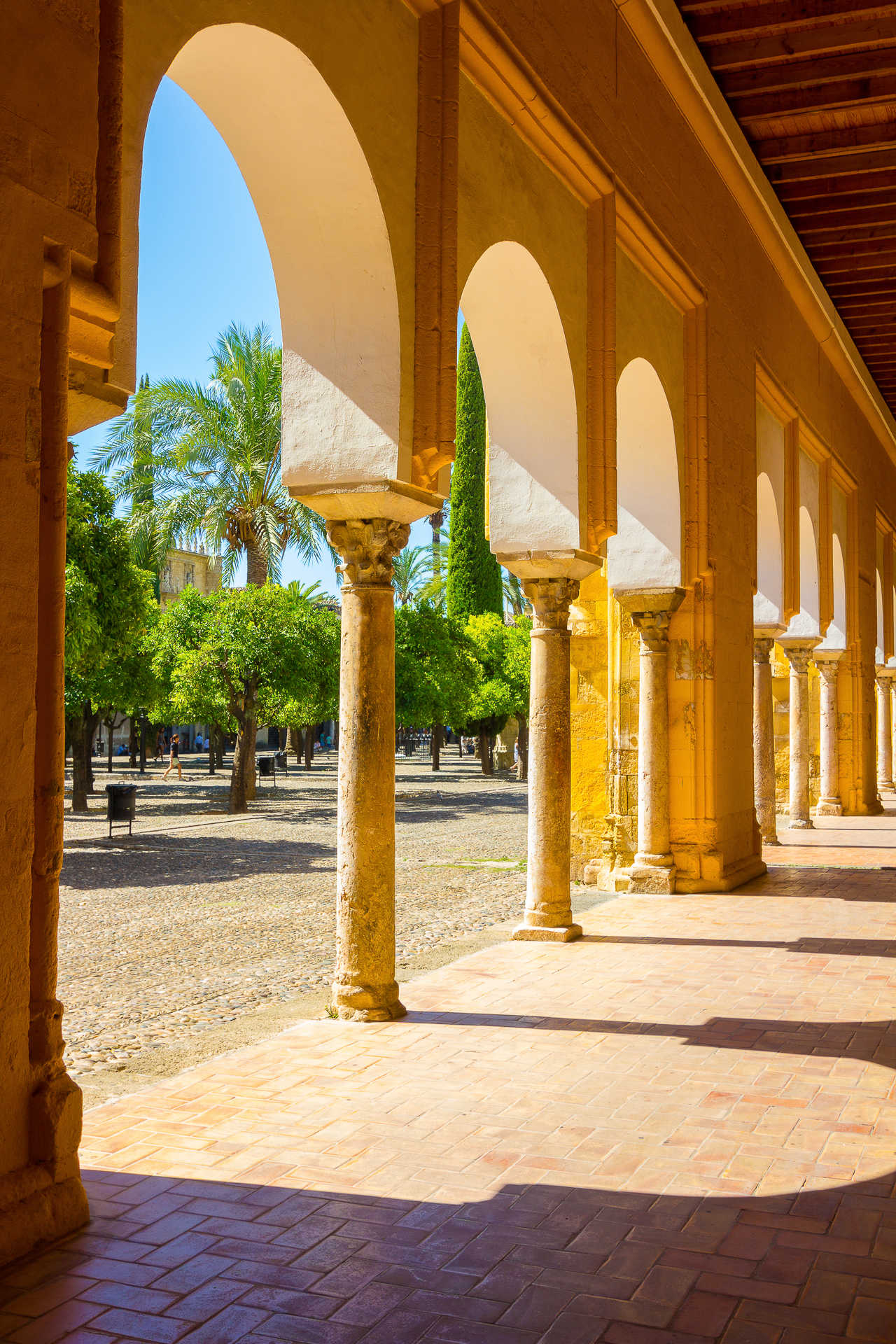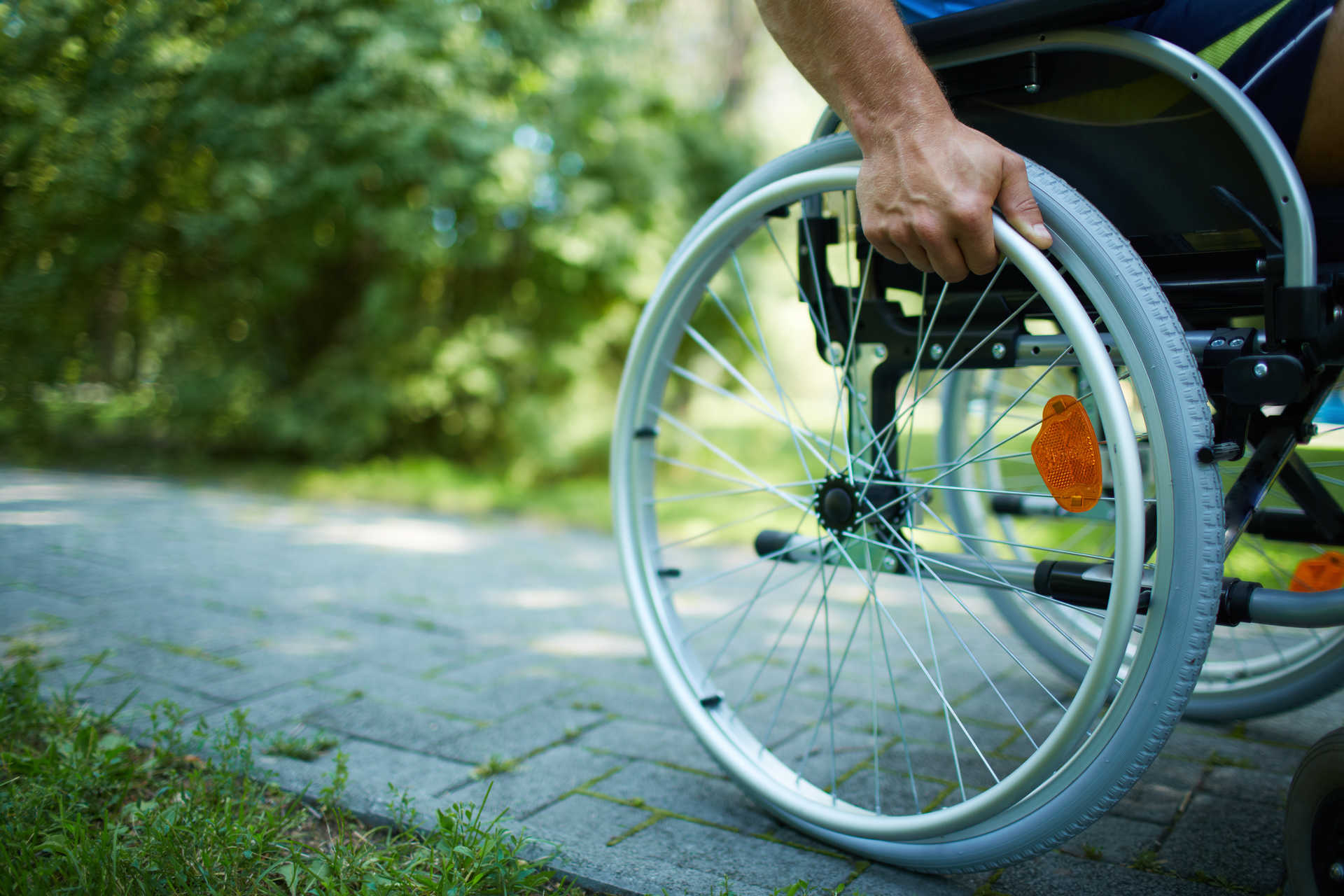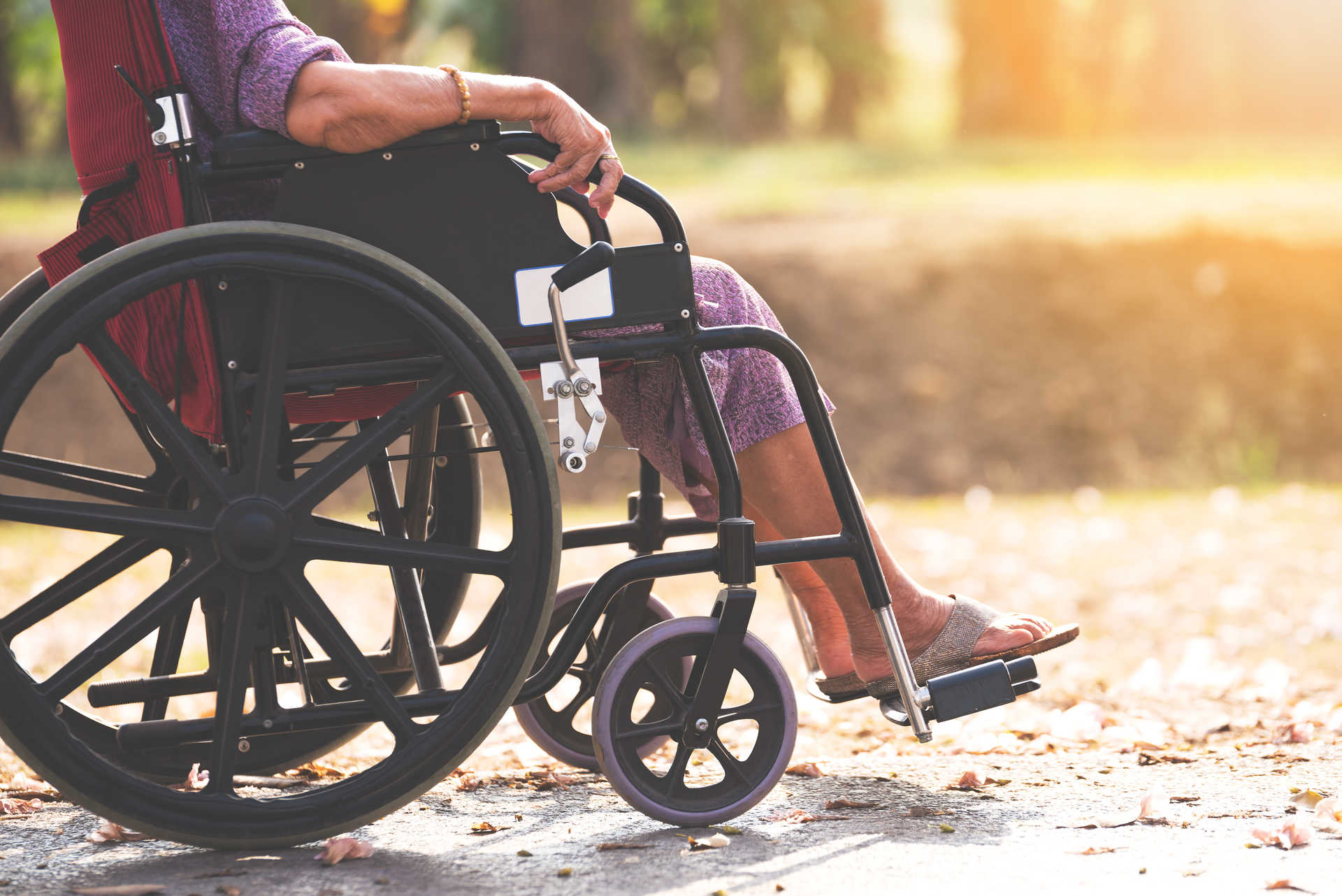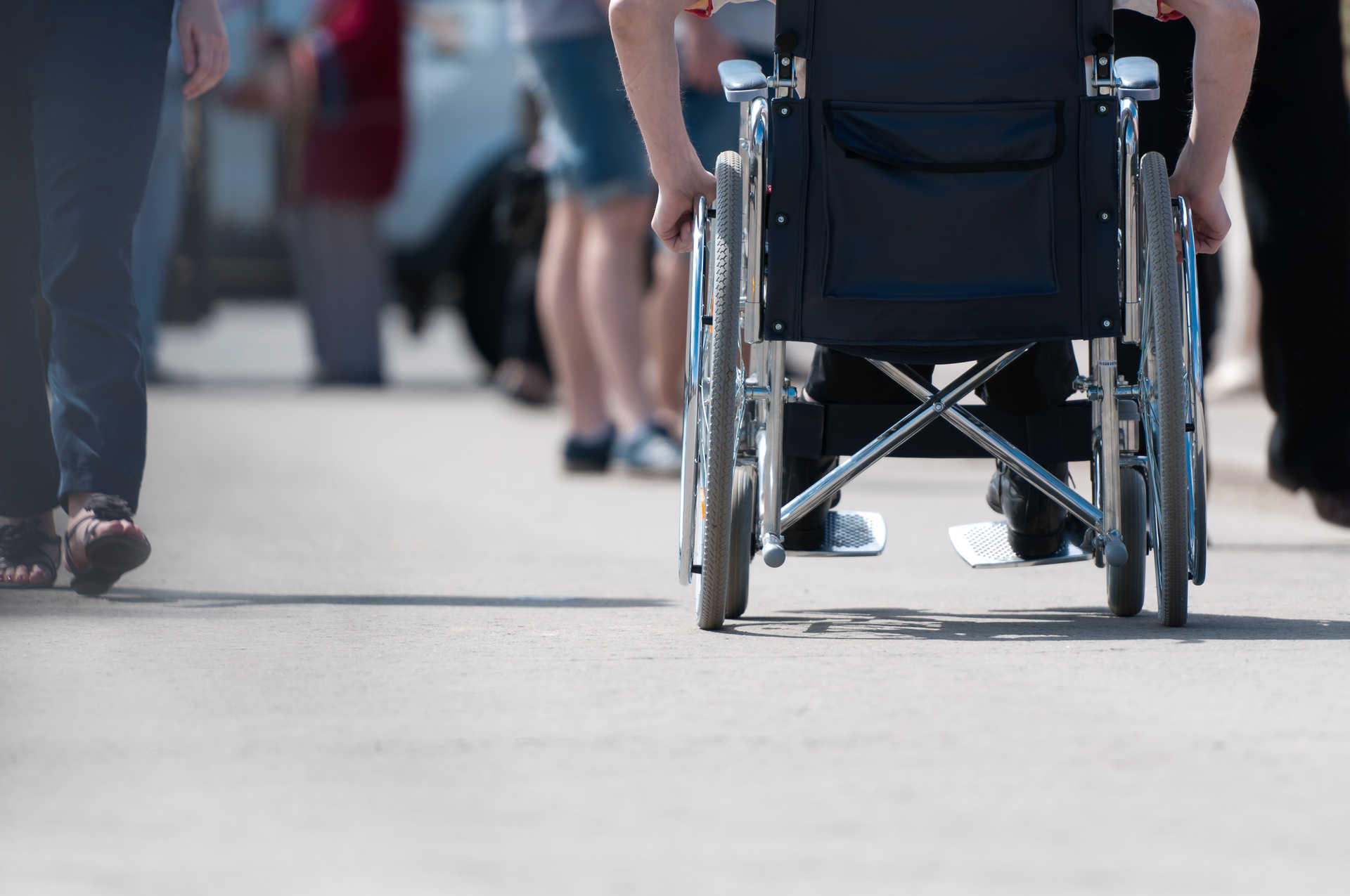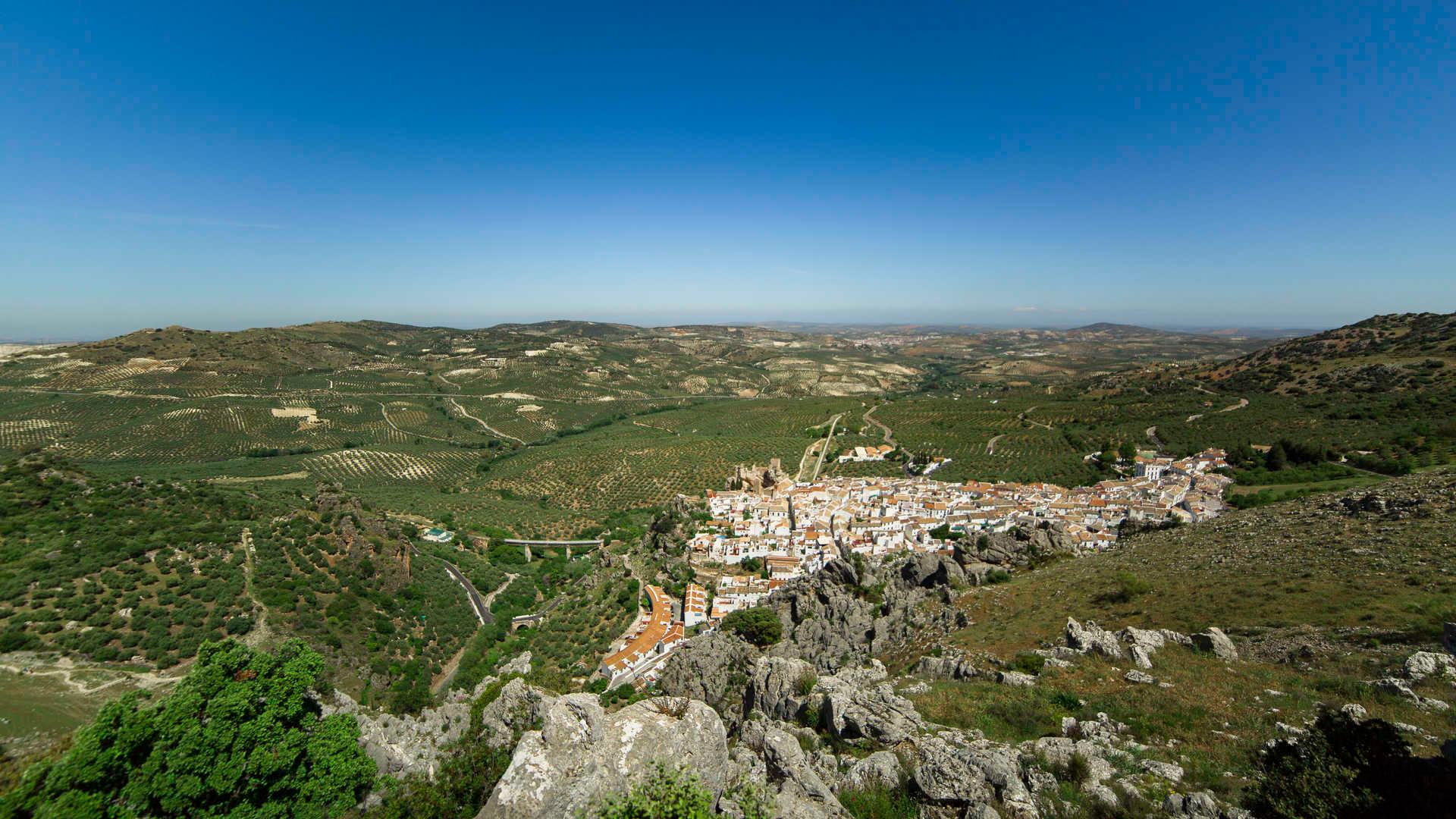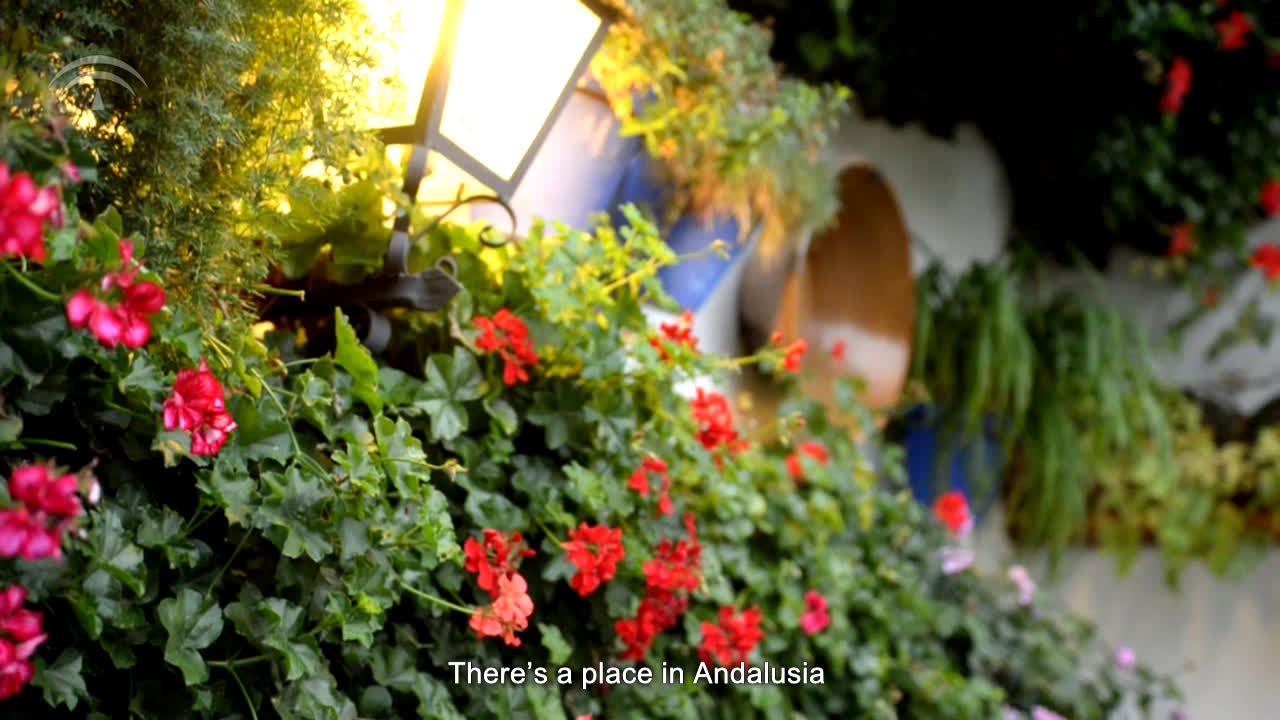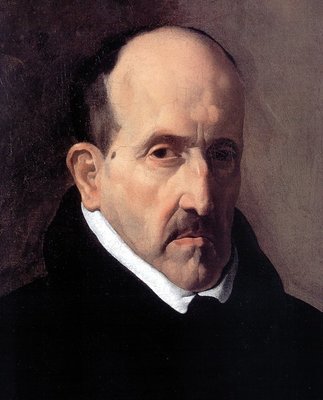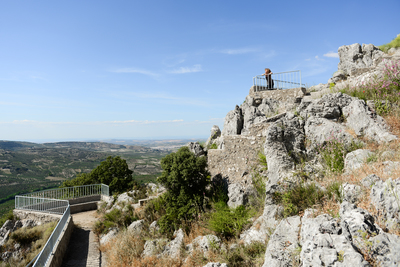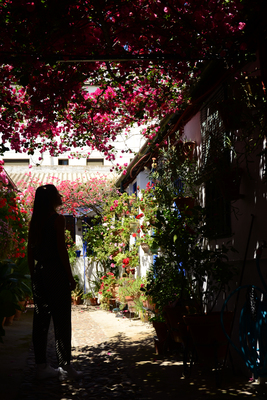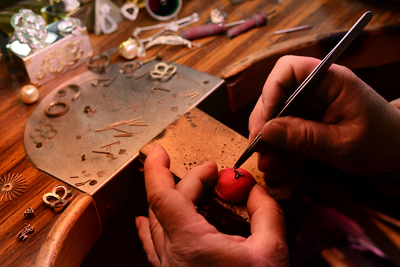Adapted tourism at Cordoba's Mosque-Cathedral
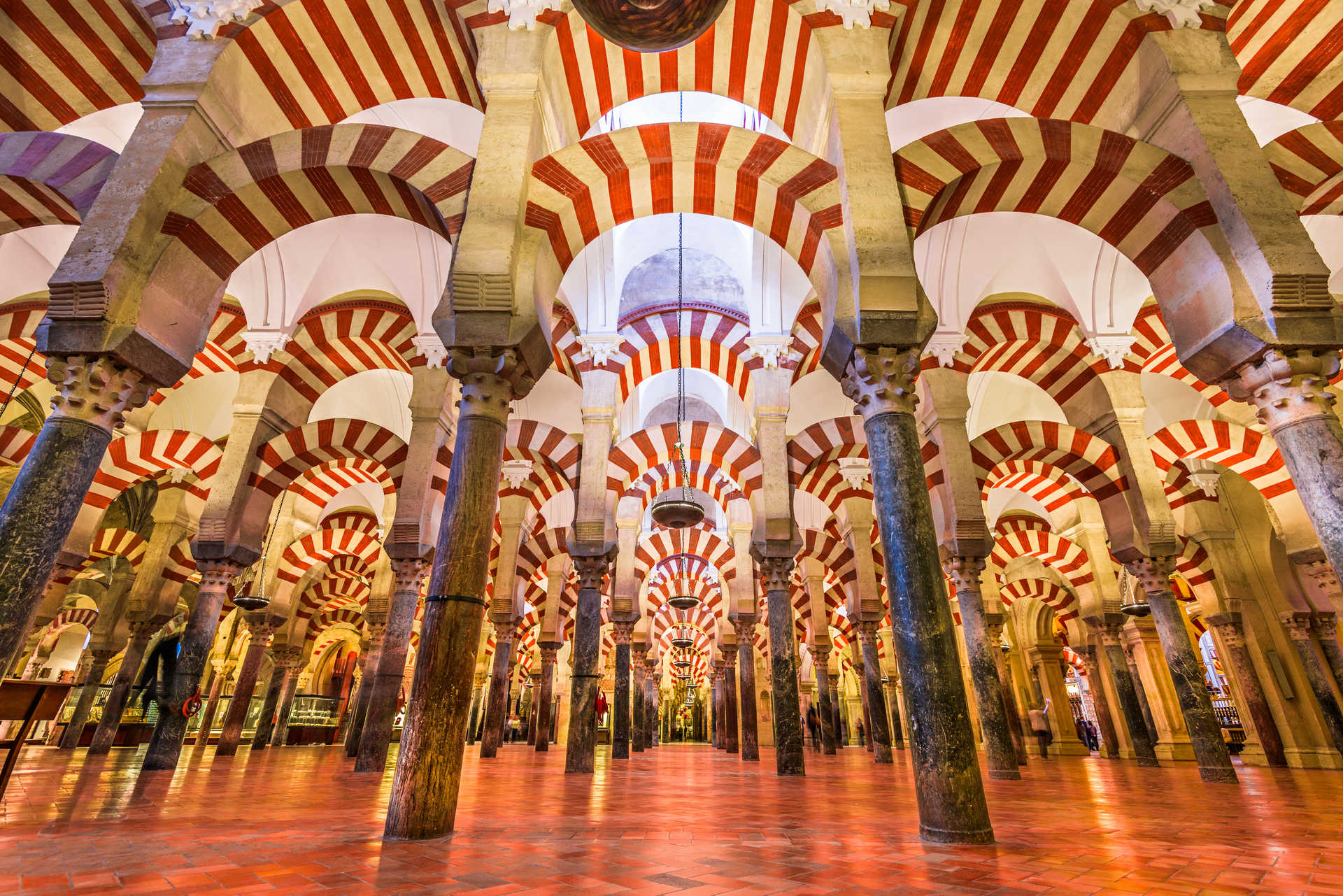
Cordoba's medieval Moorish quarter, where the Gothic cathedral of the caliphate city was built, is a diaphanous space that adapts to modern times. It also adapts to new tourists, providing a great example in accessibility.
Access to Cordoba's Mosque-Cathedral is clearly essential, given its relevance in the Caliphate Route shared between Cordoba, Granada and part of Jaén. The legacy of Al-Andalus and its two sides - Cordoba's caliphate and Granada's Nasrid era - is enshrined in these lands, the architecture of its towns, its districts and urban structures... However, it is in monuments such as the Mosque-Cathedral where you will find the best representation of a time filled with unrivalled splendour and grandeur. This is one of the peaks of Hispanic-Muslim architecture. In its day, it was the third largest mosque in the world.
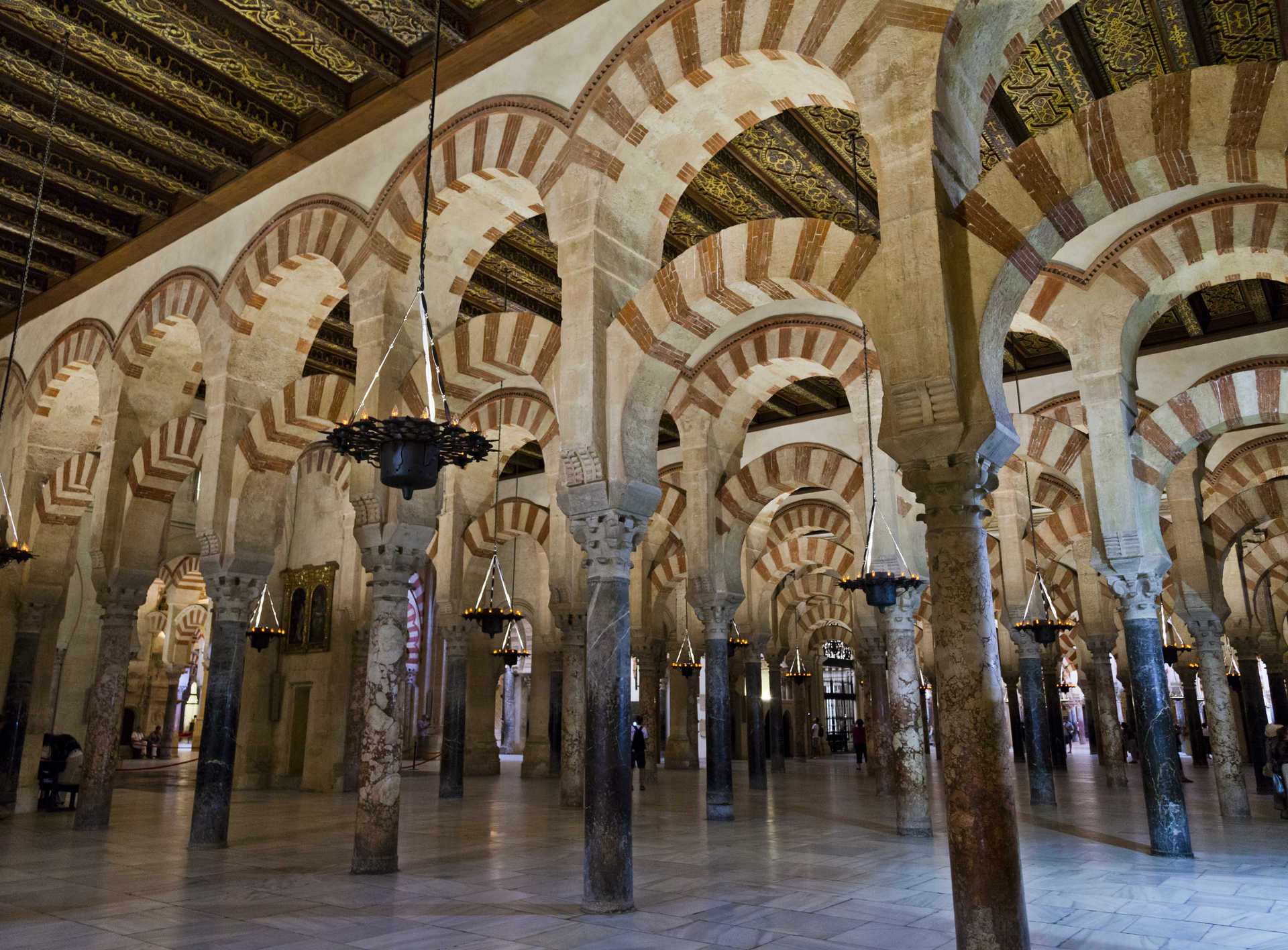
Visiting the Mosque-Cathedral in Cordoba in a wheelchair is possible. There is an accessible entrance at its main door, situated on Calle Torrijos, although it can also be accessed using its secondary door. Ecotour, a company specialised in organising outings for people with disabilities, organises group tours of Cordoba's Mosque-Cathedral for between 2 and 20 people.
These tours are designed for people with diverse disabilities. As such, tours are offered in sign language or audio guides are provided for blind tourists, ensuring you can fully enjoy the history contained at this site. They also have motorised chairs or electric scooters available, enabling you to comfortably move around the church. Currently, mobility is guaranteed throughout almost the entire building as it does not have large obstacles.
The historic changes of the Mosque-Cathedral
When the Christians recovered the caliphate city, they didn't waste any time in consecrating the sacred Islamic place to Catholicism. Thus, once Ferdinand III had conquered the city in 1236, the Muslim chapel became a church - named Santa María la Mayor, today's cathedral of Cordoba - which was dedicated to the Assumption of Mary. This move can be viewed as a return to its original concept as the mosque had been built on the site of the Mozarabic church of San Vicente, which the Moors bought in 784 A.D. A couple of years later, the first version of the mosque transpired, under the rule of Abd al-Rahman I.
The haram, or prayer room, had eleven naves crossed by twelve galleries, the qibla, the mihrab and a porticoed courtyard. Between the years 833 and 848 A.D., Abd ar-Rahman II tore down the wall of the qibla and expanded the temple to the south, adding eight new galleries and the saqifa (the galleries designed for women, as they were not allowed to pray with the men). Abd-ar-Rahman III's most important contribution to the site was the new minaret, which had an influence on the religious architecture of Seville, Marrakech and Rabat.
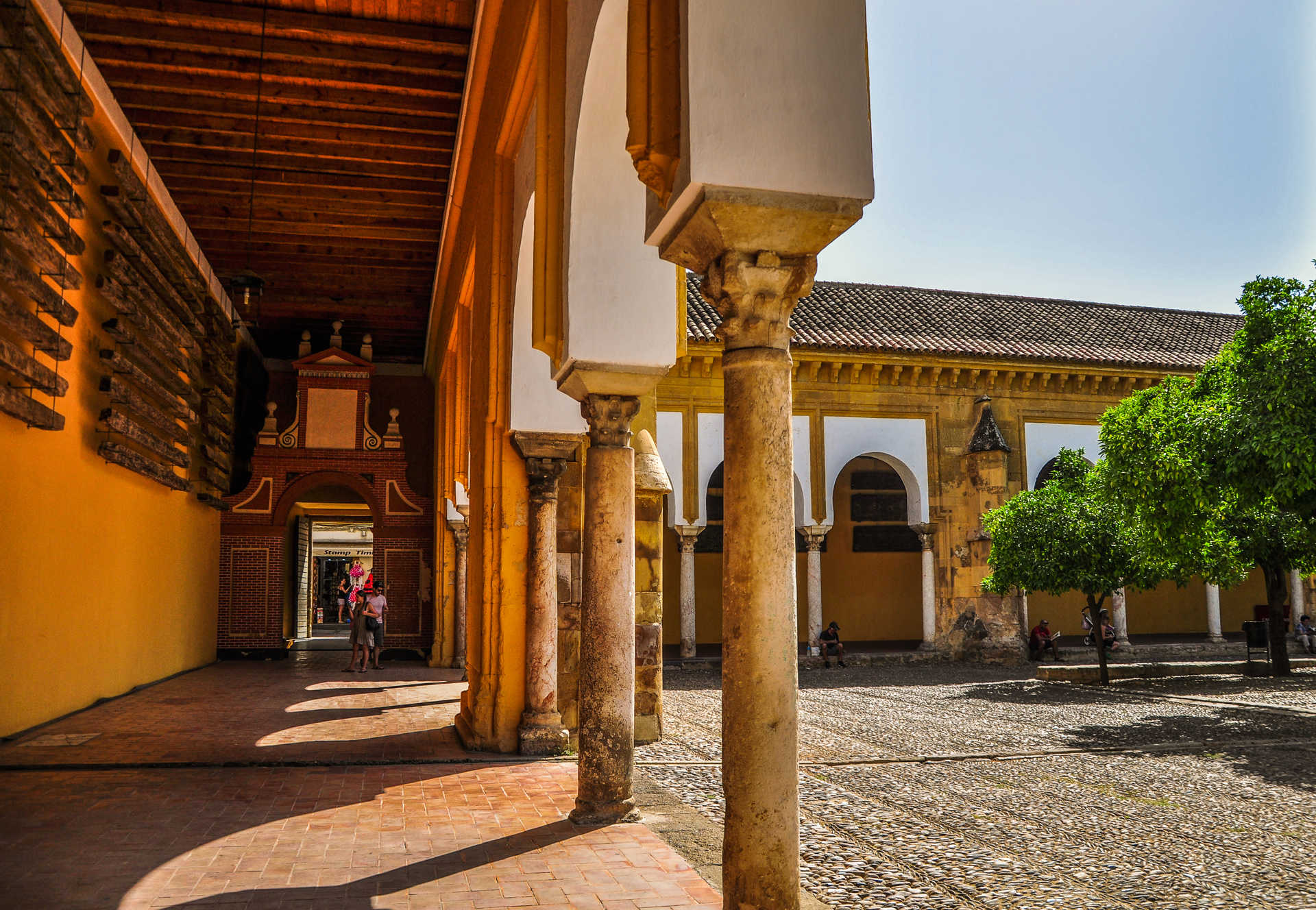
In the second half of the 10th century, Al-Hakam II, ordered the construction of more galleries and the mihrab that stands today. Meanwhile, Almanzor, in the year 987 A.D., expanded the haram to the east and the Patio de los Naranjos, which was previously modified under the rule of Abd-ar-Rahman III. This is the area that presents the most difficulty in terms of movement for people with reduced mobility.
Around the Mosque-Cathedral
It is also interesting to know how accessible the vicinity of Cordoba's temple is. The Jewish quarter, which is another must-see place when visiting Cordoba, has patio areas signposted as accessible, as well as a point, Martínez Rücker, where you can move around in wheelchairs, although occasional help may be required (this is a passable place but not fully accessible). If you are travelling with friends, in the case of this last example, your tour of the city won't be difficult.

